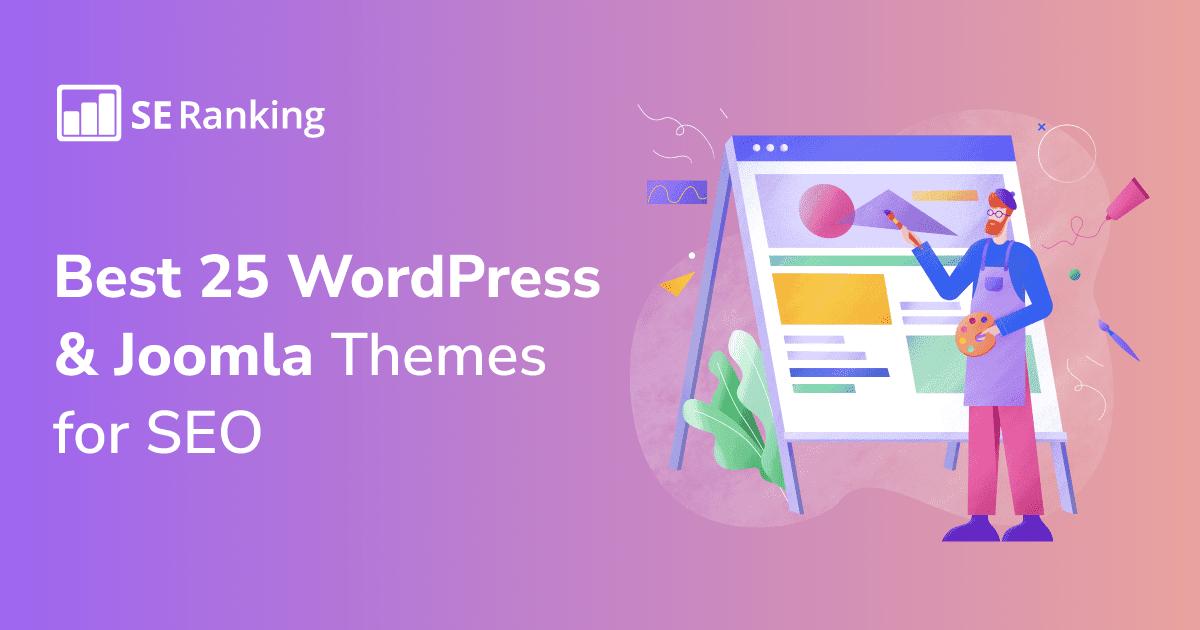Earlier this month, I and others wrote a letter to Congress, basically saying that cryptocurrencies are an complete and total disaster, and urging them to regulate the space. Nothing in that letter is out of the ordinary, and is in line with what I wrote about blockchain in 2019. In response, Matthew Green has written—not really a rebuttal—but a “a general response to some of the more common spurious objections…people make to public blockchain systems.” In it, he makes several broad points:
CXO Strategy
Earlier this month, I and others wrote a letter to Congress, basically saying that cryptocurrencies are an complete and total disaster, and urging them to regulate the space. Nothing in that letter is out of the ordinary, and is in line with what I wrote about blockchain in 2019. In response, Matthew Green has written—not really a rebuttal—but a “a general response to some of the more common spurious objections…people make to public blockchain systems.” In it, he makes several broad points:
These instances of hidden terms account for 46.08% of all clicks in our study. The study includes one month of data across 146,741 websites and nearly 9 billion total clicks. Let’s dive in. First, I want to give a big…
Researchers have discovered a number of malicious Python packages in the official third-party software repository that are engineered to exfiltrate AWS credentials and environment variables to a publicly exposed endpoint. The list of packages includes loglib-modules, pyg-modules, pygrata, pygrata-utils, and hkg-sol-utils, according to Sonatype security researcher Ax Sharma. The packages and as well as the endpoint have now been taken down. "Some of these packages either contain code that reads and exfiltrates your secrets or use one of the dependencies that will do the job," Sharma said.
Advanced SQL Concepts You Should Know in 2022, master these time-saving, advanced SQL queries today. SQL or Structured Query Language is a must have tool for anyone who works with data. With the rising volume of data, the need for skilled data professionals is also increasing. Only knowledge of advanced SQL concepts is not enough, but you should be able to implement them at your work efficiently And that is what looked for in job interviews for data science positions! Therefore, I listed here 5 advanced SQL concepts with explanations and query examples which you should know in 2022.
How to Use Conversion-Rate (CVR) as an Objective in Multi-Armed Bandit Experiments. A step-by-step guide with code examples..Multi-armed bandit (MAB) has become an increasingly important tool for experimentation and has been widely adopted by the industry giants such as Google, Meta, Netflix, LinkedIn, etc. to conduct efficient experiments. However, widely-used MAB test designs require the objective of interest to provide instantaneous feedback in order to update the assignment probability to each variant. This is why most of the tutorials you can find for running MAB experiments are probably using Click-through rate (CTR) as an objective.
In this article, we introduce a few tools and techniques for studying relationships between the stock market and the news. We explore time series processing, anomaly detection, and an event-based view of the news. We also generate intuitive charts to demonstrate some of these concepts, and share the code behind all of this in a notebook. You can view the code in this notebook.
How to use causal influence diagrams to recognize the hidden incentives that shape an AI agent’s behaviorThere is rightfully a lot of concern about the fairness and safety of advanced Machine Learning systems. To attack the root of the problem, researchers can analyze the incentives posed by a learning algorithm using causal influence diagrams (CIDs). Among others, DeepMind Safety Research has written about their research on CIDs, and I have written before about how they can be used to avoid reward tampering. However, while there is some writing on the types of incentives that can be found using CIDs, I haven’t seen a succinct write up of the graphical criteria used to identify such incentives. To fill this gap, this post will summarize the incentive concepts and their corresponding graphical criteria,…
Google Data Studio—or Data Studio—is a data visualization tool that helps you turn data into a meaningful story. It offers a user-friendly interface, a drag-and-drop feature, and integrations with many marketing platforms. That’s why Data Studio is a no-brainer for marketers who want to present their data but have little to a bit of SQL knowledge. To help you evaluate Google Data Studio, we’ll discuss its pricing in this post.
The introduction of predictive metrics in Google Analytics 4 is a huge game changer for digital marketers. Instead of reports about past behavior of website visitors, Google’s Artificial Intelligence can now give you a glimpse of the future and a clear hint on where to put your marketing focus in the next week(s). Here is another prediction for you. Read the article and you will impress your clients or boss the next time they talk to you about GA4.
Data matching can be used to eliminate duplicate content or for various types of data mining. Data matching refers to the process of comparing two sets of acquired data. This can be accomplished in a variety of ways, but the process is frequently based on algorithms or coded loops in which processors perform sequenced analyses of each specific piece of a given dataset, pairing it against each specific piece of another data set, or contrasting complex variables such as strings for specific similarities. Data matching can be used to eliminate duplicate content or for various types of data mining. Many data matching efforts are made with the goal of establishing a critical link between two data sets for advertising, cybersecurity, or other applied reasons. Here are 5 common use cases…
Reflection and lessons from my performance review as a first-year data scientist. “Pain plus reflection equals progress”: a famous quote by Ray Dalio, investor and founder of the largest hedge fund in the world. The quote implies the pursuit of truth at all costs, or in other words, having an open mind and disconnecting ourselves from our ego when listening to other people’s criticism about us. It is the only way that we can truly learn from our mistakes and objectively assess our own strengths and weaknesses. It is with this in mind that I dedicate this blog post as a reflection on the performance review that I received recently which marks the end of my first year working as a graduate data scientist.
Migrating a website can be a problem-solving necessity—but it can also be risky. Issues you may face range from losing ranks on search engines to completely losing parts of your website. Ouch. Despite the potential technical trouble, you’re brave, tech-savvy, and up for the challenge. And we’re here to help you mitigate the risks with our website migration checklist. We’ll list the most important steps to take to migrate a website, along with advice from SEO professionals to keep your migration SEO-friendly.
After years of working with clients, especially as the head of tech SEO for a U.K. agency, I’ve found technical SEO audits to be a near-daily occurrence. With that, I know how important it is, especially for newer SEOs, to…
A video replay for this webinar is available at the bottom of the blog. In this webinar, our analytics team covers what data prep looks like in a modern analytics stack and makes suggestions for a solid data prep environment. When you’re going through the initial data prep process, there are four distinct steps that guide you from start to finish: exploring, cleaning, enriching and shaping: While this isn’t a comprehensive list, it’s a good bird’s eye view of what a standard data prep process might look like. It’s not out of the ordinary for analysts to spend well over 50% of their development time on data prep, and sometimes it can go even higher. A common statistic thrown around is that 80% of work time is data prep.
Let’s check some high-level concepts that will fit a study plan for professionals that wants to know more about SQL and databases. As a data scientist, analyst, or engineer, you probably deal with tabular data pretty often. The row-column format is the most common way to store data as it is easy to grasp by most non-technical users. This two-dimensional format is showcased in several tools and frameworks such as: On the spreadsheet format in Microsoft Excel or Google Sheets.On the dataframe format in R or Python’s pandas.On tables stored on databases.A lot of data sources used for machine learning models are stored in the latter. Adding to that, a lot of the models’ output is also served through tables that fit in some kind of relational schema, helping users make sense of…
Stages, tips, and tools across the AI/ML lifecycleImage source: UnsplashMachine learning (ML) in the enterprise has been rapidly evolving over a narrow span. While it has grown exponentially, several organizations are still grappling to match the pace at which the ML stack is evolving. This end-to-end guide to the Modern AI Stack hopes to bring the best tools and practices under one common space to serve as a reference for: Leaders in the AI space including managers, directors, VPs, and CTOs who could learn more about new technologies/integrations and guide their teams toward the modern AI stackData Scientists and ML Engineers who could compare their current stack to our proposed AI stack and discover new technologies to adopt.But first, a walk down the memory lane…
Website development from scratch usually demands a lot of resources that sometimes may be more useful for other tasks. Fortunately, website templates exist that will facilitate not only the development process but are search-engine-friendly. You can find thousands of different templates for any type of website on the Internet. You can use the ready-made solution and customize the interface design for the needs of your business. You’ll have to simply choose a template, apply it to your site, and customize it with your own content.
Google search console provides data necessary to monitor website performance in search and improve search rankings, information that is exclusively available through Search Console. This makes it indispensable for online business and publishers that are keen to maximize success. Taking control of your search presence is easier to do when using the free tools and reports. What Is Google Search Console?
Marketing mix modeling or MMM is seeing a renaissance, over 60 years since it came into common use. Unlike most marketing attribution methods, MMM doesn’t require user-level data, instead of modeling what channels deserve credit for sales by statistically mapping spikes and dips in spend to actions and events in your marketing channels. Upgrading from simple linear regression to techniques like ridge regression or Bayesian methods, marketing mix modeling is being reinvented for the modern age. Want to learn more about MMM? Read the pros and cons about marketing mix modeling vs. attribution modeling.
Google Analytics and Search Console data do not match. The discrepancy creates the impression that the data is inaccurate in some way. The reality is that the data is in fact accurate. The discrepancy exists in what is being tracked and how Google chooses to present it. Reconciling Google Analytics and Search Console data can be difficult because the numbers don’t really match. The reason is because both services are solving different problems. Because of that reason, both services take different approaches to how data is collected and reported.



















